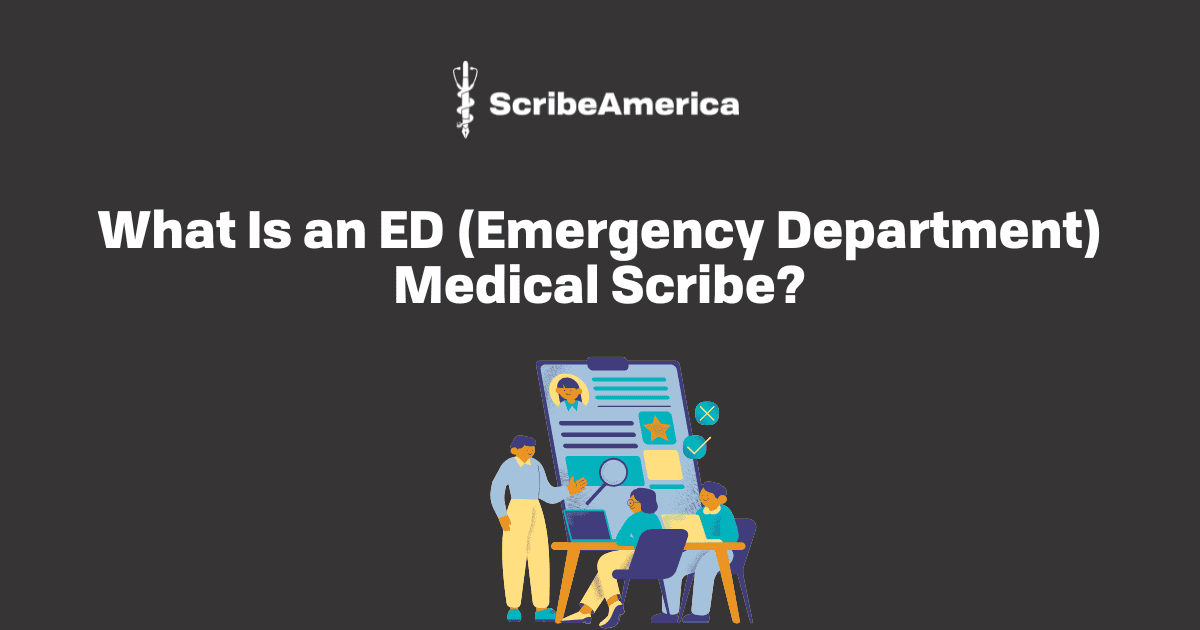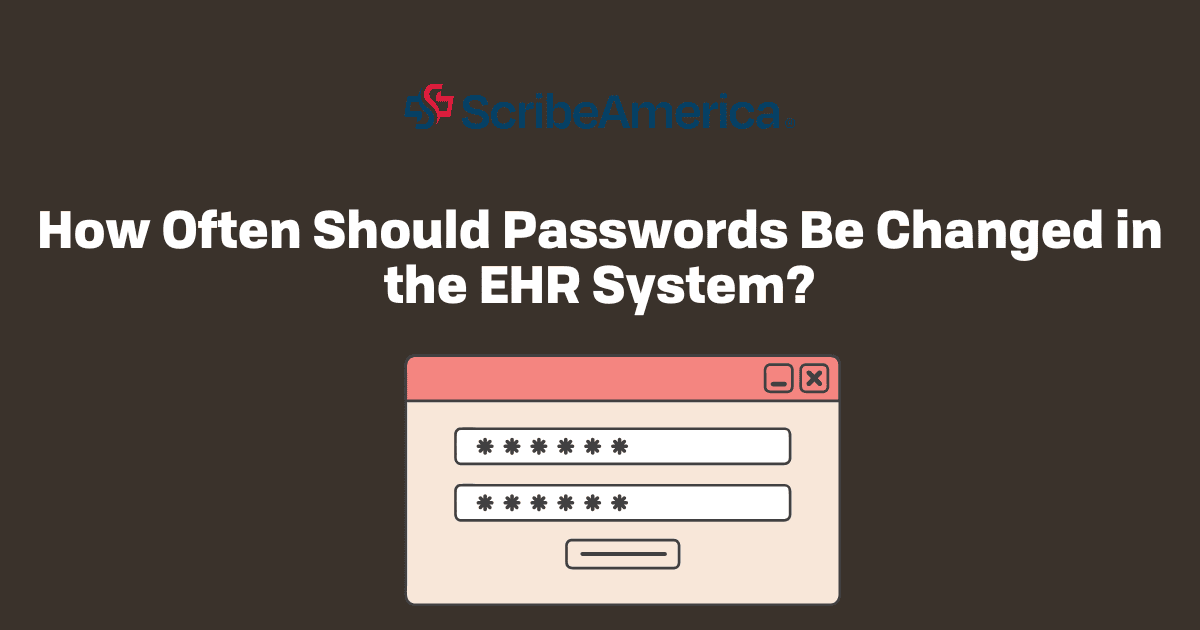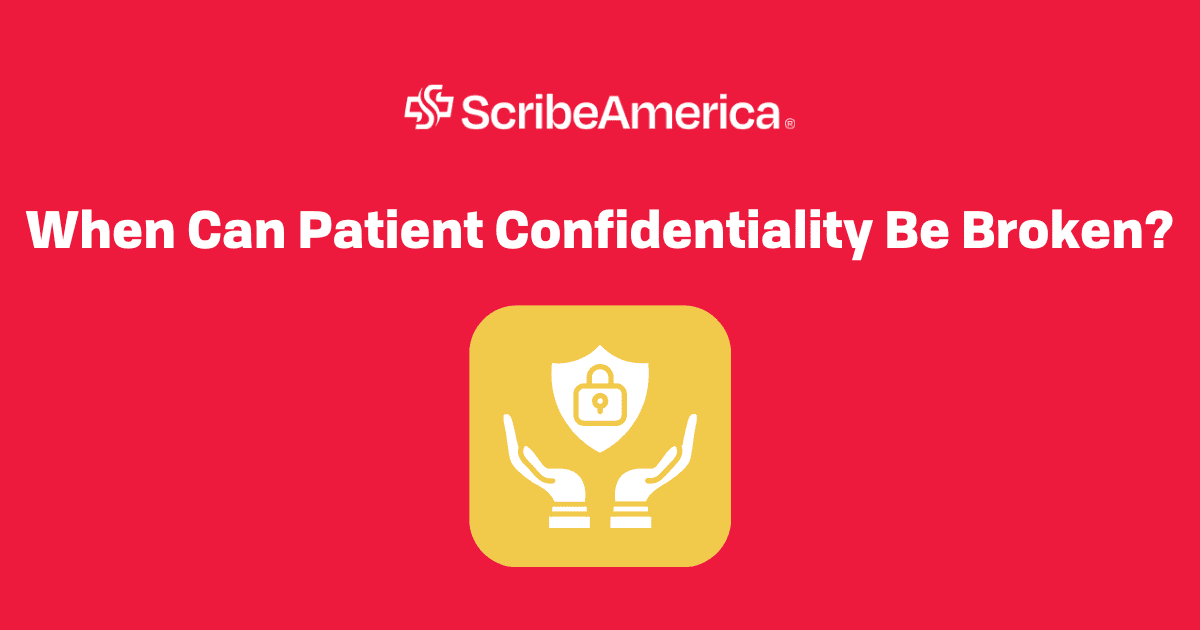Key points:
- ED medical scribes play a critical role in real-time documentation of patient encounters, allowing physicians to focus on patient care and decision-making instead of administrative tasks.
- The emergency department is fast-paced and high-pressure, requiring scribes to be quick, observant, and familiar with medical terminology, while maintaining professionalism and composure in intense situations.
- Working as an ED scribe offers invaluable clinical experience, making it an excellent entry point for those pursuing a healthcare career by providing exposure to real-life emergency medicine and physician workflows.
The emergency department is one of the most fast-paced, high-pressure environments in healthcare. Physicians and nurses need to make quick decisions, manage critical cases, and keep accurate medical records, all in real time. This is where ED medical scribes come in, supporting physicians by handling the documentation and administrative tasks that would otherwise slow down the pace of care. If you're considering a career in healthcare or are simply curious about what happens beyond the patient curtain in an ER, learn about the role of an emergency department medical scribe!
The role of an ED medical scribe
At the core, an ED medical scribe is responsible for documenting patient encounters as they happen. This includes real-time charting of the patient’s history, physical exam findings, clinical impressions, procedures performed, test results, and the physician’s final diagnosis and treatment plan. By taking on these tasks, scribes free up physicians to focus more on patient interaction and clinical decision-making, rather than being tied to a computer screen.
Unlike outpatient clinics, cases in the ED range from minor injuries to life-threatening emergencies. This means an ED medical scribe must be quick, observant, and able to adapt to rapidly changing situations. The role is about understanding clinical conversations, interpreting medical terminology, and accurately reflecting what’s happening in the room.

What does a scribe do in the ED?
Many people wonder, what does a scribe do in the ED that makes their role so valuable? The answer lies in the complexity and speed of emergency care. Physicians are required to document everything about a patient encounter, and in the ED, time is critical. Every minute counts, and thorough documentation is both a legal and clinical necessity.
A medical scribe accompanies the physician during each patient interaction, either in person or remotely through a secure audio feed. While the physician talks with the patient, performs an exam, or reviews test results, the medical scribe emergency department role is to capture every detail in the electronic health record (EHR). They must ensure the information is complete, grammatically accurate, and properly formatted according to hospital standards.
In addition to documentation, scribes often assist with tracking labs, imaging orders, and discharge instructions. Their presence helps streamline the provider’s workflow, allowing more time to see patients, explain conditions, and improve outcomes.
Must-have skills and qualities
To succeed as an emergency department medical scribe, one must be highly attentive, fast on the keyboard, and capable of processing large volumes of information. Familiarity with medical terminology is simply a must.
What sets ED scribes apart is their ability to work calmly under pressure. The emergency department can be chaotic, emotionally intense, and physically demanding. Scribes must remain composed, focused, and respectful, even when the environment is unpredictable. It’s also important for scribes to be discreet, as they are present for sensitive conversations and procedures. Professionalism, reliability, and strong communication skills are non-negotiable.
Why ED scribes matter more than ever
The use of ED medical scribes has grown rapidly in recent years and it’s simple – when physicians don’t have to spend hours after their shift finishing charts, they can spend more time face-to-face with their patients and make faster, more informed decisions. This is particularly important in emergency settings, where outcomes often depend on speed and accuracy.
For students aiming for a career in medicine, working as a scribe in the emergency department gives you experience you just can’t get anywhere else. You’ll see how doctors think, how cases are handled, and how split-second decisions are made. It's one of the few roles where you can learn by observation while actively contributing to the medical team. If you're wondering where to start your healthcare journey, the medical scribe emergency department route offers both education and purpose.
The takeaway
So, what does a scribe do in the ED? They help carry the weight of documentation so physicians can carry the weight of saving lives. In a space where seconds count and every detail matters, the work of an ED medical scribe ensures no piece of the clinical puzzle is missed. It’s an intense role, but for those who are into medicine, it’s one of the most immersive learning experiences available.
If you're ready to take the next step into clinical medicine, consider applying for a position as a medical scribe emergency department professional. Why is it worth it? Because the skills you gain, the cases you’ll witness, and the experience you build will set you apart in any healthcare career path you choose to follow later on!
You may also like: What does an ER medical scribe do?




